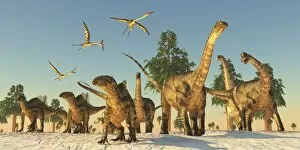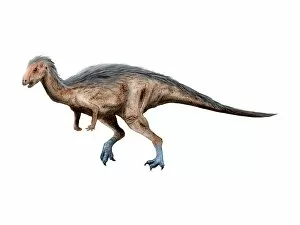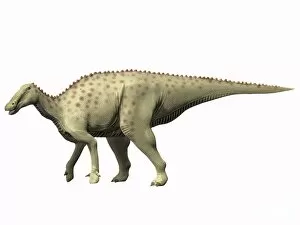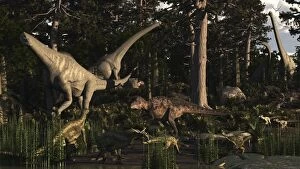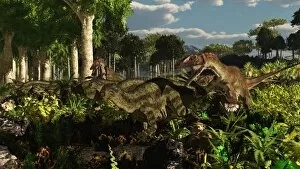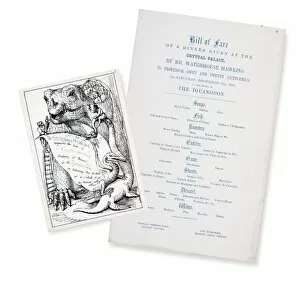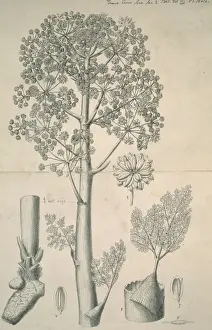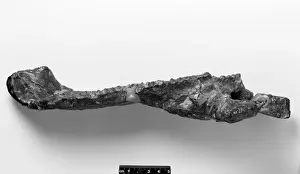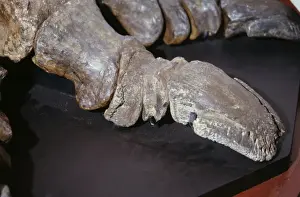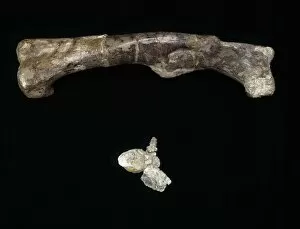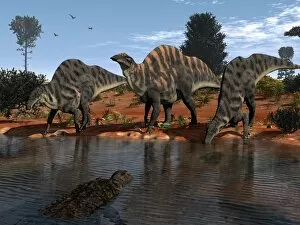Iguanodont Collection (#2)
The Iguanodont, a fascinating creature that roamed the Earth millions of years ago, holds an important place in paleontological history
All Professionally Made to Order for Quick Shipping
The Iguanodont, a fascinating creature that roamed the Earth millions of years ago, holds an important place in paleontological history. Alongside its fellow dinosaurs, Iguanodon and Hylaeosaurus, it was discovered in The Wealden formation during the 19th century. Restorations of these magnificent creatures can still be admired today at Crystal Palace Park. One cannot help but marvel at the Parasaurolophus skeleton on display, showcasing the grandeur of this ancient species. These restorations provide us with a glimpse into the world of secondary period animals and allow us to compare their sizes to those of present-day creatures. Imagine being invited to dinner inside an Iguanodon. On December 31st, 1853, lucky guests experienced just that - dining within a life-sized replica of this incredible dinosaur. It's truly remarkable how our understanding and appreciation for these prehistoric beings has evolved over time. Examining an actual Iguanodon tooth or femur brings forth a sense of awe as we contemplate their power and strength. And let's not forget about the thrilling scene depicted: Spinosaurus hunting an Onchopristis while two Carcharodontosaurus lurk in the background. Such encounters between apex predators remind us of nature's raw beauty and complexity. In another captivating scenario, an Acrocanthosaurus observes a Tenontosaurus under attack by Deinonychus – illustrating both predator-prey dynamics and survival instincts from eons past. Amongst all these wonders stands out Parasaurolophus with its distinctive crest; its presence is simply mesmerizing. Each discovery deepens our understanding of these magnificent creatures' lives on Earth long before our time. The iguanodonts have left behind more than just fossils; they have ignited curiosity within scientists and captivated imaginations worldwide.


